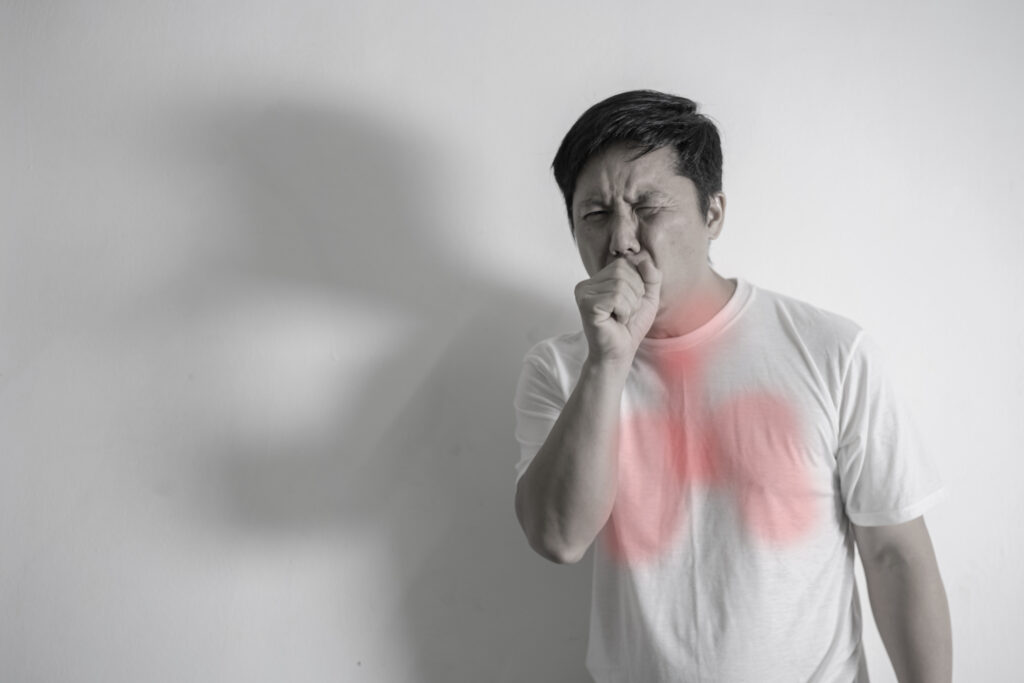Introduction
Acute Respiratory Distress Syndrome (ARDS) is a serious lung condition. It happens when fluid builds up in the air sacs of the lungs. Because of this, less oxygen reaches the blood. ARDS can develop quickly and often needs urgent care. Many people search for “what is ARDS,” “ARDS symptoms,” and “ARDS treatment options” to learn more. Understanding ARDS can help you spot early signs and seek help fast.
What is ARDS?
ARDS stands for Acute Respiratory Distress Syndrome. It is a sudden and severe problem with breathing. The lungs become inflamed and fill with fluid. As a result, the body cannot get enough oxygen. ARDS is not a disease itself. Instead, it is a reaction to another health problem, such as infection or injury. According to the CDC and WHO, ARDS can affect people of any age. However, it is more common in adults.
Symptoms of ARDS
Symptoms of ARDS often appear within hours or days after the cause. Early signs may seem like other breathing problems. However, ARDS symptoms usually get worse quickly. Watch for these signs:
If you notice these symptoms, especially after an illness or injury, seek medical help right away.
Causes and Risk Factors
ARDS is caused by damage to the tiny blood vessels in the lungs. This damage lets fluid leak into the air sacs. There are many possible causes, including:
Some people have a higher risk of ARDS. For example, older adults, people with chronic lung disease, or those with a weak immune system are more likely to develop ARDS. However, anyone can get ARDS after a major illness or injury.
Diagnosis Methods
Doctors use several tests to diagnose ARDS. First, they check your symptoms and medical history. Then, they may order:
Because ARDS can look like other lung issues, doctors use these tests to make sure of the diagnosis. Early diagnosis helps improve treatment results.
Treatment Options
Treating ARDS usually means staying in the hospital. Most people need care in an intensive care unit (ICU). Treatment focuses on:
Sometimes, doctors use special beds or positions to help the lungs work better. Recovery can take weeks or months. However, many people improve with the right care.
Prevention and Lifestyle Tips
While you cannot always prevent ARDS, you can lower your risk. Here are some tips:
Staying healthy and avoiding lung injuries can help protect you from ARDS. If you have a high risk, talk to your doctor about extra steps you can take.
When to Seek Medical Help
If you or someone you know has sudden trouble breathing, seek medical help right away. Especially after an illness, injury, or exposure to harmful substances, fast action is important. Early treatment can save lives and improve recovery.
Conclusion
Acute Respiratory Distress Syndrome (ARDS) is a serious lung problem. It needs quick medical care. Knowing the symptoms, causes, and treatment options can help you act fast. For more information or if you have concerns, consult a pulmonologist or healthcare provider for personalized advice on ARDS.
